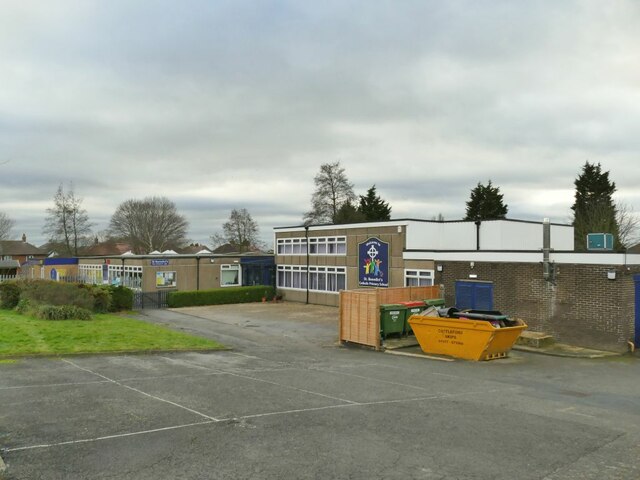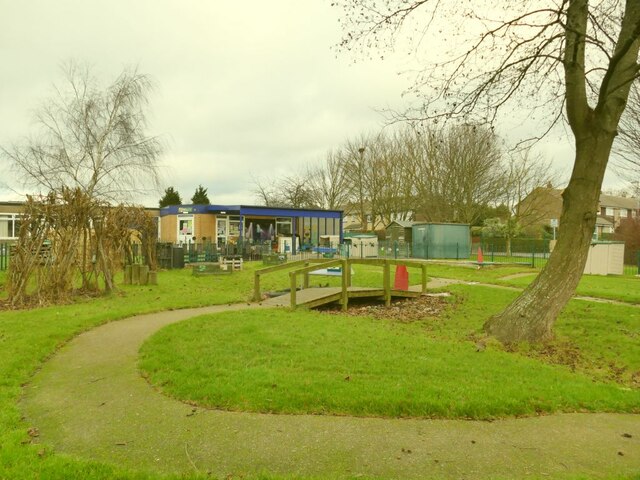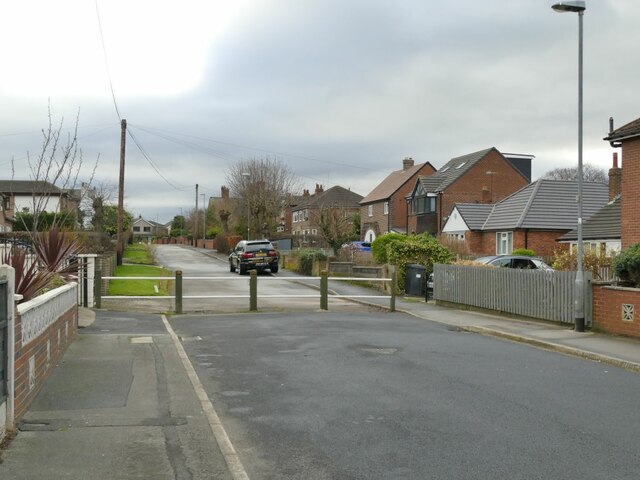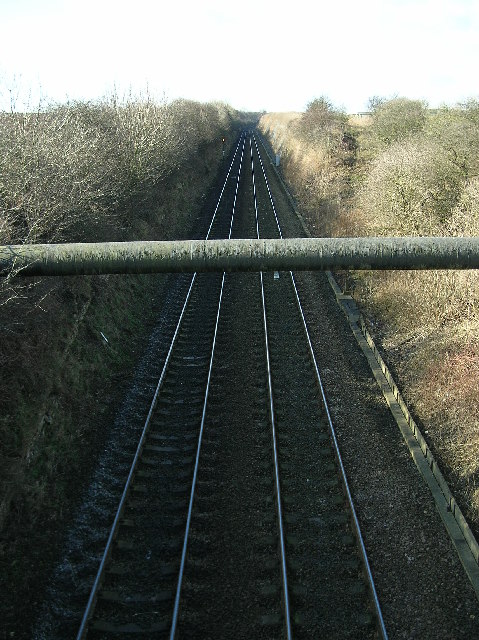Sturton Grange
Civil Parish in Yorkshire Leeds
England
Sturton Grange

Sturton Grange is a small civil parish located in the county of Yorkshire, England. Situated approximately 7 miles southeast of the city of Leeds, it falls within the metropolitan borough of the City of Leeds. The parish covers an area of around 2 square miles and is home to a population of approximately 300 residents.
The area is predominantly rural, characterized by open fields, farmlands, and scattered residential properties. Sturton Grange is known for its picturesque countryside, with rolling hills and beautiful landscapes that attract nature enthusiasts and hikers alike.
The parish is well-connected to the surrounding areas, with major road links such as the A1(M) and M1 passing nearby, providing easy access to Leeds, Wakefield, and other neighboring towns. Public transportation is also available, with regular bus services connecting Sturton Grange to nearby towns and cities.
Despite its small size, Sturton Grange offers a range of amenities and facilities to its residents. There is a local primary school, a community center, and a village hall that hosts various events and activities throughout the year. The parish also has several small businesses, including shops, cafes, and pubs, catering to the needs of the local community.
Overall, Sturton Grange provides a quiet and peaceful living environment, surrounded by natural beauty and offering easy access to nearby urban centers.
If you have any feedback on the listing, please let us know in the comments section below.
Sturton Grange Images
Images are sourced within 2km of 53.796056/-1.354222 or Grid Reference SE4233. Thanks to Geograph Open Source API. All images are credited.




Sturton Grange is located at Grid Ref: SE4233 (Lat: 53.796056, Lng: -1.354222)
Division: West Riding
Administrative County: West Yorkshire
District: Leeds
Police Authority: West Yorkshire
What 3 Words
///refuses.comically.scorpions. Near Garforth, West Yorkshire
Nearby Locations
Related Wikis
Sturton Grange
Sturton Grange is a civil parish in the City of Leeds in West Yorkshire, England. It has a population of 417, reducing to 403 at the 2011 Census.Most of...
Garforth Town A.F.C.
Garforth Town Association Football Club is a football club based in Garforth, West Yorkshire, England. They are members of the Northern Counties East League...
Roman Road railway station (Yorkshire)
Roman Road railway station was a station on the Leeds and Selby Railway, near Micklefield, in West Yorkshire, England. The station was one of the shortest...
East Garforth railway station
East Garforth railway station serves Garforth in West Yorkshire, England. It is on the Selby Line, and operated by Northern. The station was opened by...
Nearby Amenities
Located within 500m of 53.796056,-1.354222Have you been to Sturton Grange?
Leave your review of Sturton Grange below (or comments, questions and feedback).

















